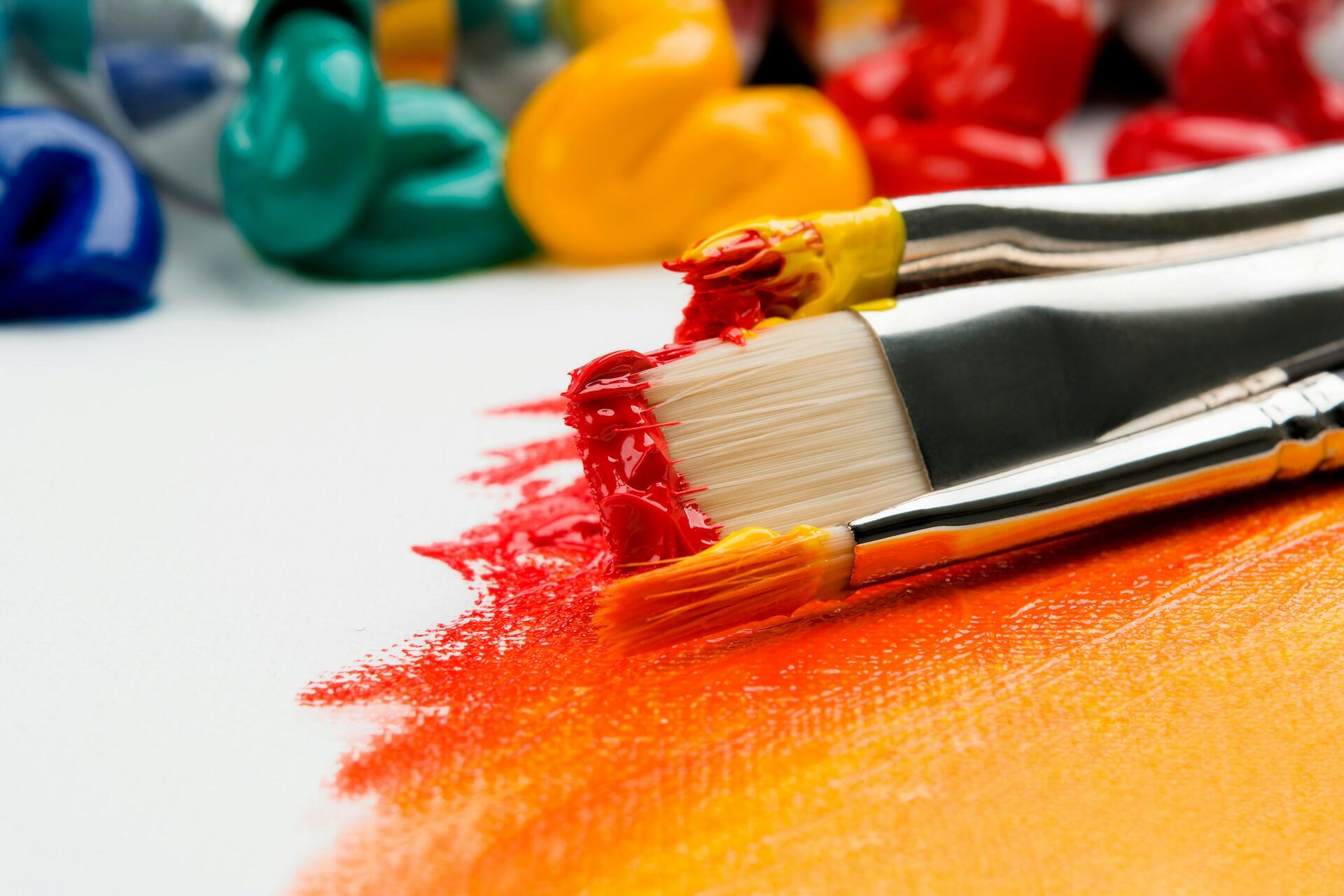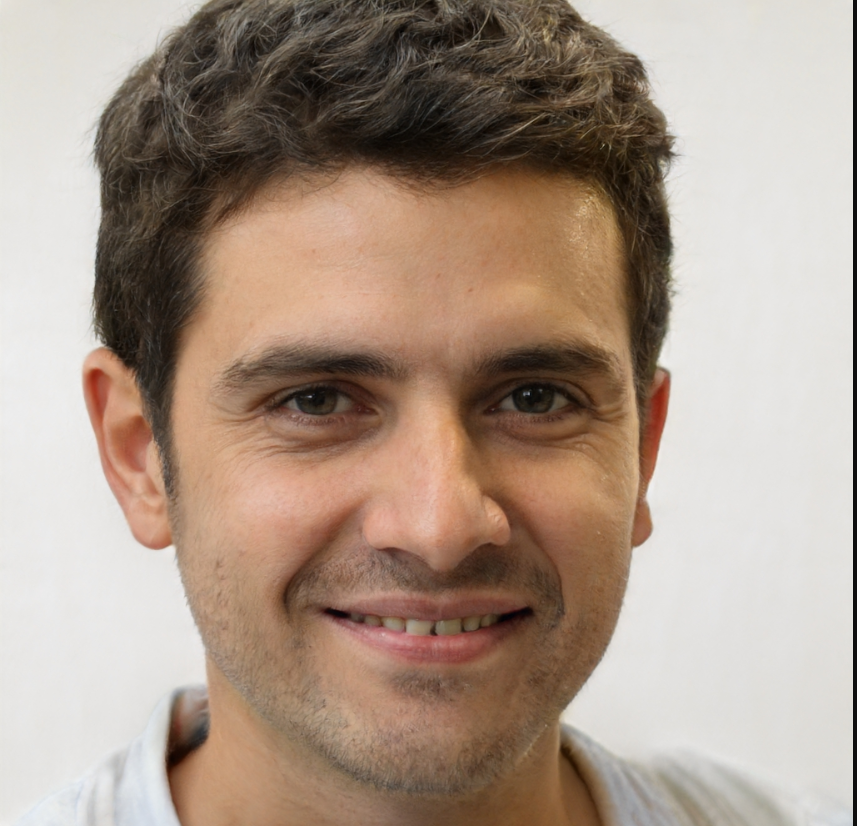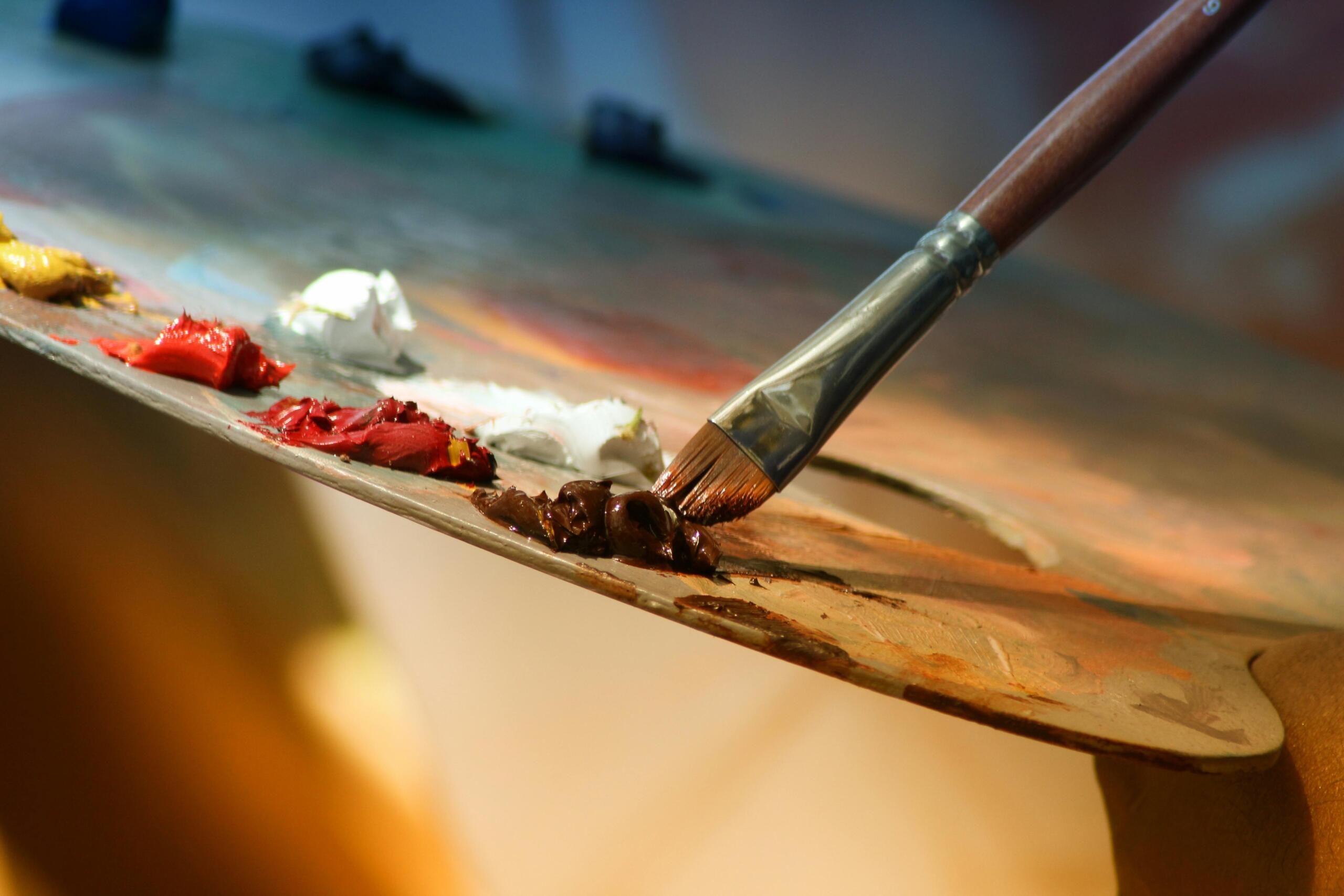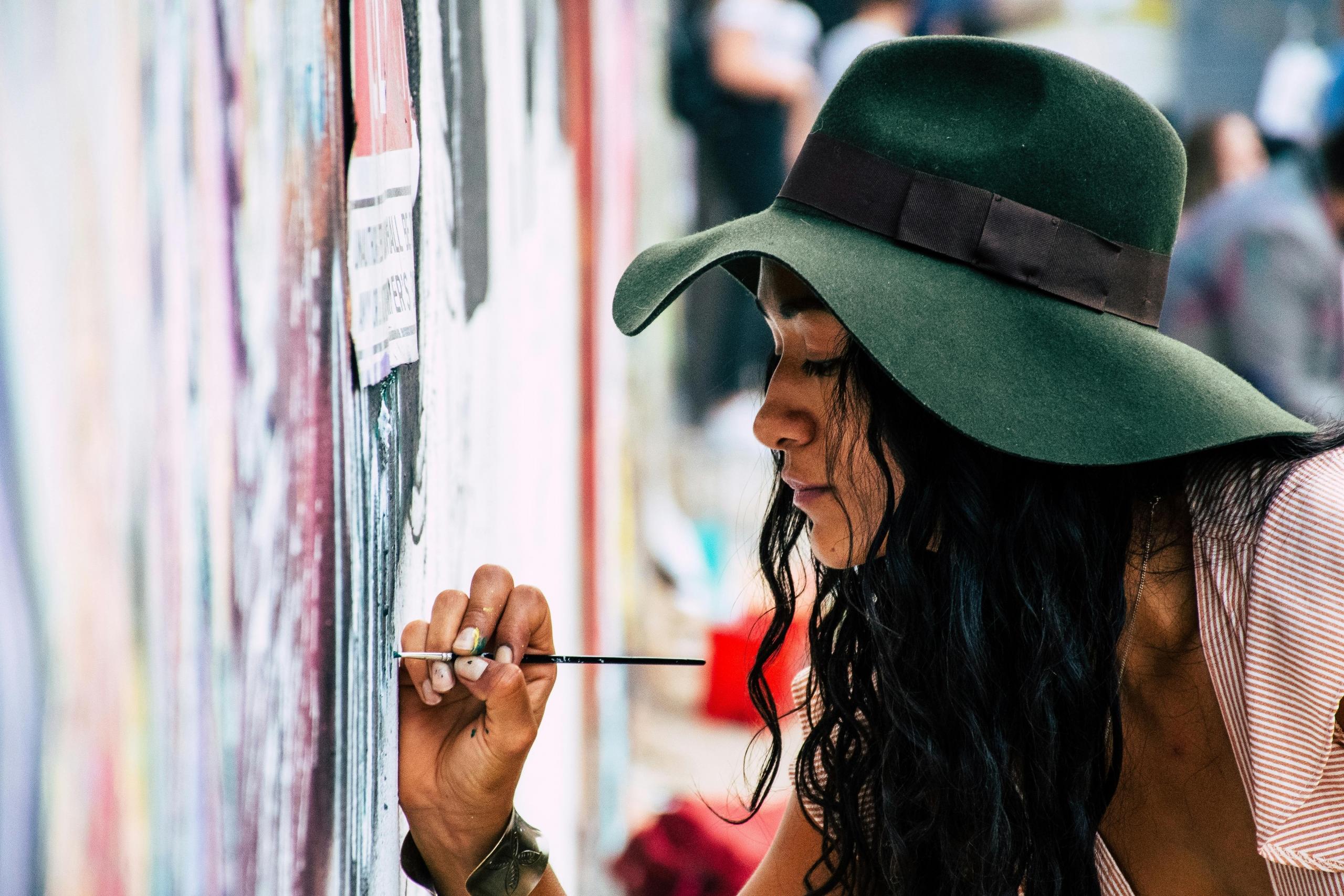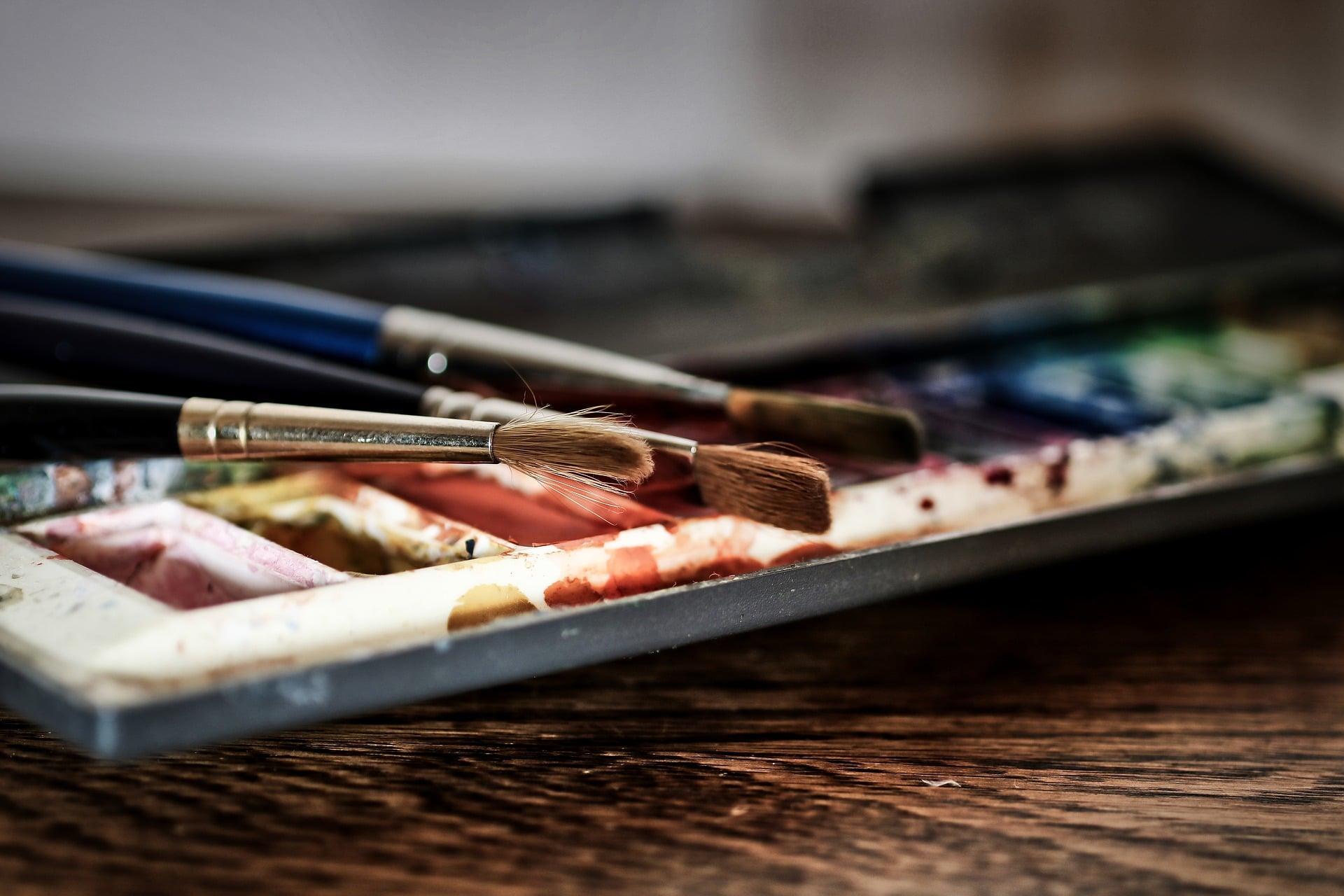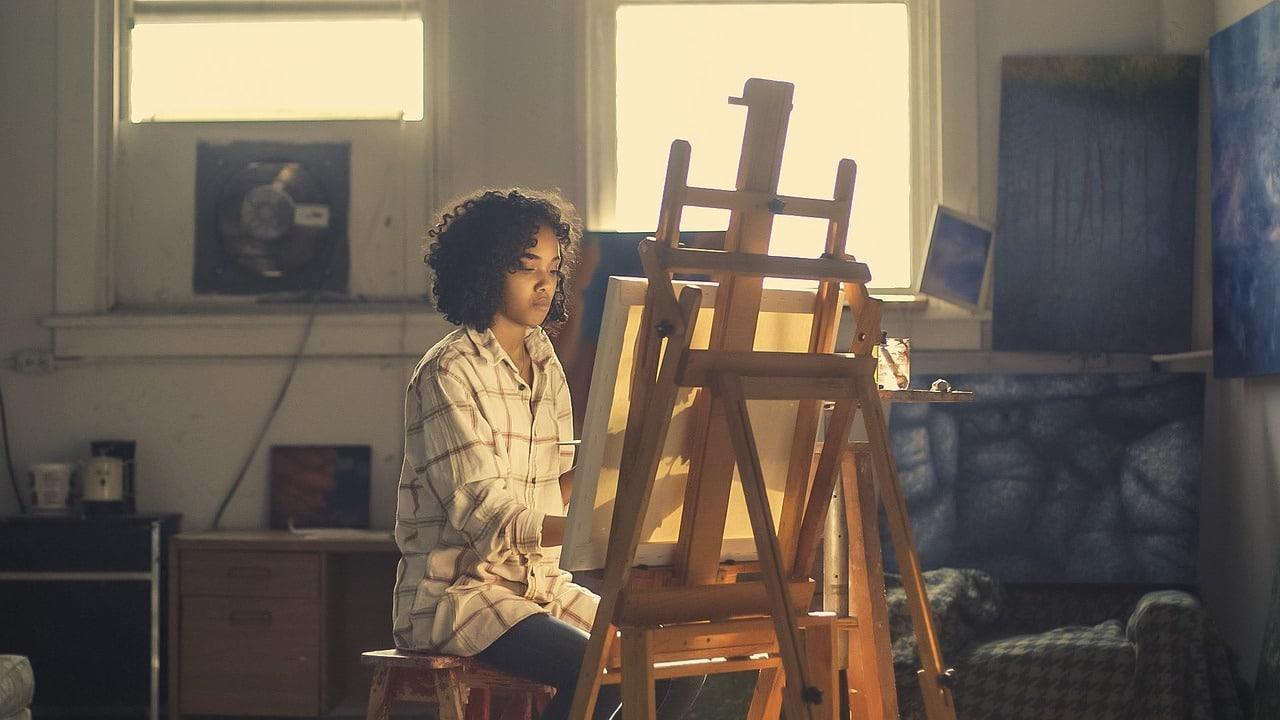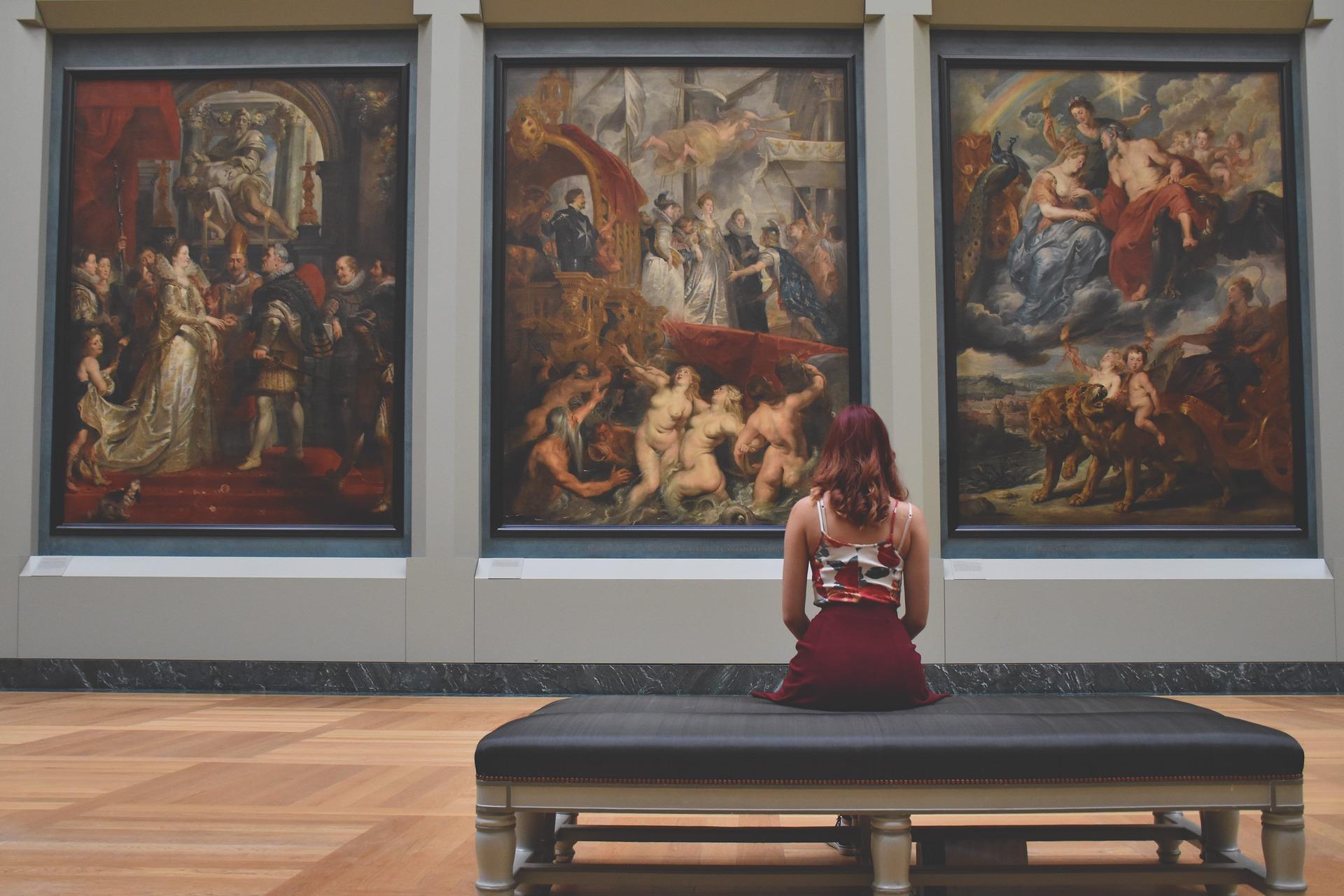Every child is an artist. The problem is how to remain an artist once we grow up.
Pablo Picasso
From the High Renaissance to Pop Art, the world's most famous artists have left a legacy with wildly different works. From da Vinci's anatomical mastery to Monet's impressions and van Gogh's intensity, these are just some of the people who have defined whatever artistic movement they were a part of. Who would you include?

Leonardo da Vinci (1452–1519)
Leonardo da Vinci was more than an artist; he focused on anatomy, engineering, and painting. His notebooks are just as valuable as his canvases. While he was famous for not finishing commissions, his impact during the High Renaissance is undeniable. Even today, he's recognised as a genius who was centuries ahead of his time.
In 2017, Leonardo da Vinci’s Salvator Mundi shattered auction records when it sold for $450.3 million. The staggering price reflected not only the rarity of the work but also its enduring legacy in Renaissance art. More than five centuries after his death, Leonardo remains one of the most famous artists in the world, and this sale proved the continued power of famous artists' paintings to capture global attention.
Artemisia Gentileschi (1593–c.1654)
Gentileschi is an artist whose paintings often feature powerful women asserting control over their own fate. Given she painted during a time when the art world was incredibly male-dominated, she's now seen as a Baroque painter and a symbol of artistic defiance. If you're in Florence, be sure to see her works.
Artemisia Gentileschi's career in the 1600s was nothing short of revolutionary. At a time when women were largely excluded from professional art circles, she produced works of incredible power and emotional intensity. Today, she is celebrated not only as one of the most important painters of the Baroque period but also as a symbol of resilience and determination, paving the way for later generations of women artists.
Claude Monet (1840–1926)
Claude Monet is known for painting the same haystacks, cathedrals, and lily ponds at different times of the day. He was fascinated by how light could transform the same scene and used loose brushwork to capture the moods precisely. Critics once dismissed her work as "unfinished" studies, but they're now considered milestones of modern art.
Monet’s canvases were less about objects and more about the shifting view of time and light. Today, his paintings are recognised worldwide as the finest examples of Impressionism, with exhibitions dedicated to his career held across Europe and the United States.
Paul Cézanne (1839–1906)
Cézanne reduced mountains into planes and fruit into geometry. He was regarded as an eccentric by his friends, but the way he broke down forms would inspire the Cubists to completely rethink the art of painting.
Cézanne’s work bridged Impressionism and Cubism, earning him recognition as the father of modern art. His career was marked by relentless experimentation, producing original canvases that are still shown in major galleries today.

Vincent van Gogh (1853–1890)
Vincent van Gogh is the quintessential example of the artist who was underappreciated during his lifetime. A tormented figure, van Gogh's life was brief and troubled. He sold only one painting during his lifetime, but in death, his work would come to be appreciated by many.
in a single decade.
Gustav Klimt (1862–1918)
Gustav Klimt's studio was a chaotic and opulent space, filled with cats and sketches. He combined ornament and intimacy, creating his unique visual language. His portraits often sparked scandal for being too sensual. Though Klimt was a contemporary of Henri Matisse in Paris and Vienna's art circles, their styles were wildly different.
Gustav Klimt transformed the artistic scene of Vienna with paintings rich in color, pattern, and gold. His career highlighted the tension between tradition and contemporary styles, and today his most famous works draw millions to gallery exhibitions in the West.
Edvard Munch (1863–1944)
Edvard Munch was a Norwegian artist famous for Expressionism and Symbolism. Though most famous for his painting The Scream, he created many great works that acted as his own personal diary, a record of love, illness, and, in the case of The Scream, fear. His works documented his fragile health and personal losses.
From my rotting body, flowers shall grow and I am in them and that is eternity.
Edvard Munch
Franz Marc (1880–1916)
Franz Marc painted animals in bold blues, reds, and yellows, using colours to symbolise different emotions. He believed that animals embodied the purity and spirituality that humans had lost. His career was cut short during World War I, but he played a pivotal role in defining German Expressionism.
His colourful figures of animals remain among the most powerful symbols of German Expressionism.
Pablo Picasso (1881–1973)
Pablo Picasso was an artist famous for constantly reinventing himself. He went from Blue melancholy to Cubist abstraction and political murals. After his move to Paris, he became a cultural celebrity, and even in later life, he continued to paint just as much as he had in his youth. Few artists created as many works as Pablo Picasso.
paintings and designs.
Andy Warhol (1928–1987)
Andy Warhol is an artist who blurred the lines between art and consumerism. He turned art into mass production while courting and critiquing fame simultaneously. A divisive figure in the art world, but never dull.
Many of the most famous paintings are housed in some of the world’s most visited museums, from the Louvre in Paris to MoMA in New York. These institutions safeguard masterpieces and make them available to millions of visitors each year. Beyond their beauty, these works connect us across time and culture, allowing us to stand face-to-face with the genius of artists whose careers shaped the course of art history.
| Artist | Years | Movement | Famous Works | Record Price (USD) | Where to See | Medium |
|---|---|---|---|---|---|---|
| Leonardo da Vinci | 1452–1519 | High Renaissance | Mona Lisa; The Last Supper | $450.3M (Salvator Mundi) | Louvre (Paris), Santa Maria delle Grazie (Milan) | Oil on panel, tempera on wall |
| Artemisia Gentileschi | 1593–c.1654 | Italian Baroque | Judith Slaying Holofernes; Susanna and the Elders | €6.1M (Lucretia) | Uffizi Gallery (Florence) | Oil on canvas |
| Claude Monet | 1840–1926 | Impressionism | Impression, Sunrise; Water Lilies | $110.7M (Meules) | Musée Marmottan Monet (Paris), Musée de l’Orangerie (Paris) | Oil on canvas |
| Paul Cézanne | 1839–1906 | Post-Impressionism | The Card Players; Mont Sainte-Victoire | $250M (Card Players) | Barnes Foundation (Philadelphia), The Met (New York), Philadelphia Museum of Art | Oil on canvas |
| Vincent van Gogh | 1853–1890 | Post-Impressionism | Starry Night; Sunflowers | $82.5M (Dr. Gachet) | MoMA (New York), National Gallery (London) | Oil on canvas |
| Gustav Klimt | 1862–1918 | Symbolism / Vienna Secession | The Kiss; Portrait of Adele Bloch-Bauer I | $135M (Adele Bloch-Bauer I) | Belvedere Museum (Vienna) | Oil on canvas with gold leaf |
| Edvard Munch | 1863–1944 | Expressionism / Symbolism | The Scream; Madonna | $119.9M (The Scream) | National Museum (Oslo), MUNCH (Oslo) | Oil, tempera, pastel on board |
| Franz Marc | 1880–1916 | German Expressionism | The Large Blue Horses; Fate of the Animals | >$20M (Tower of Blue Horses, lost) | Lenbachhaus (Munich) | Oil on canvas |
| Pablo Picasso | 1881–1973 | Cubism (and others) | Guernica; Les Demoiselles d’Avignon | $179.4M (Les Femmes d’Alger) | Reina Sofía (Madrid), MoMA (New York) | Oil on canvas |
| Andy Warhol | 1928–1987 | Pop Art | Marilyn Diptych; Campbell’s Soup Cans | $195M (Shot Sage Blue Marilyn) | Warhol Museum (Pittsburgh), MoMA (New York), Tate (London) | Silkscreen, acrylic on canvas |

